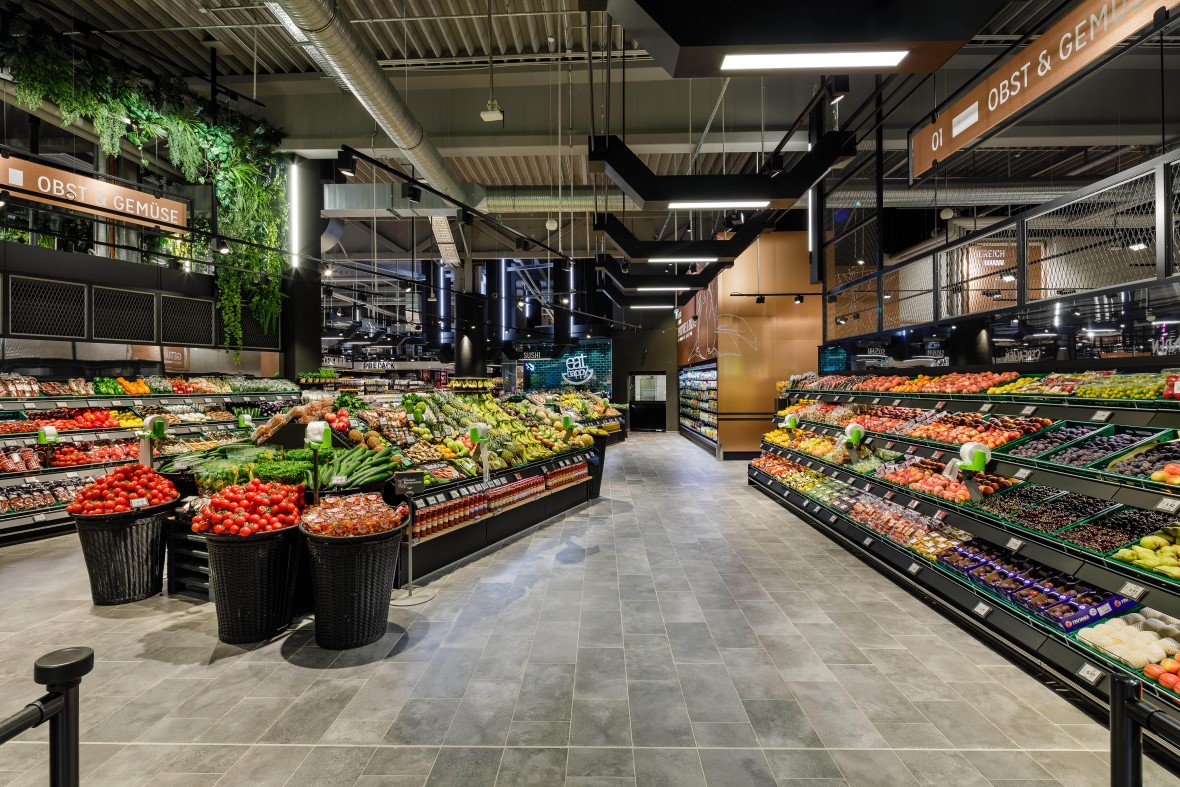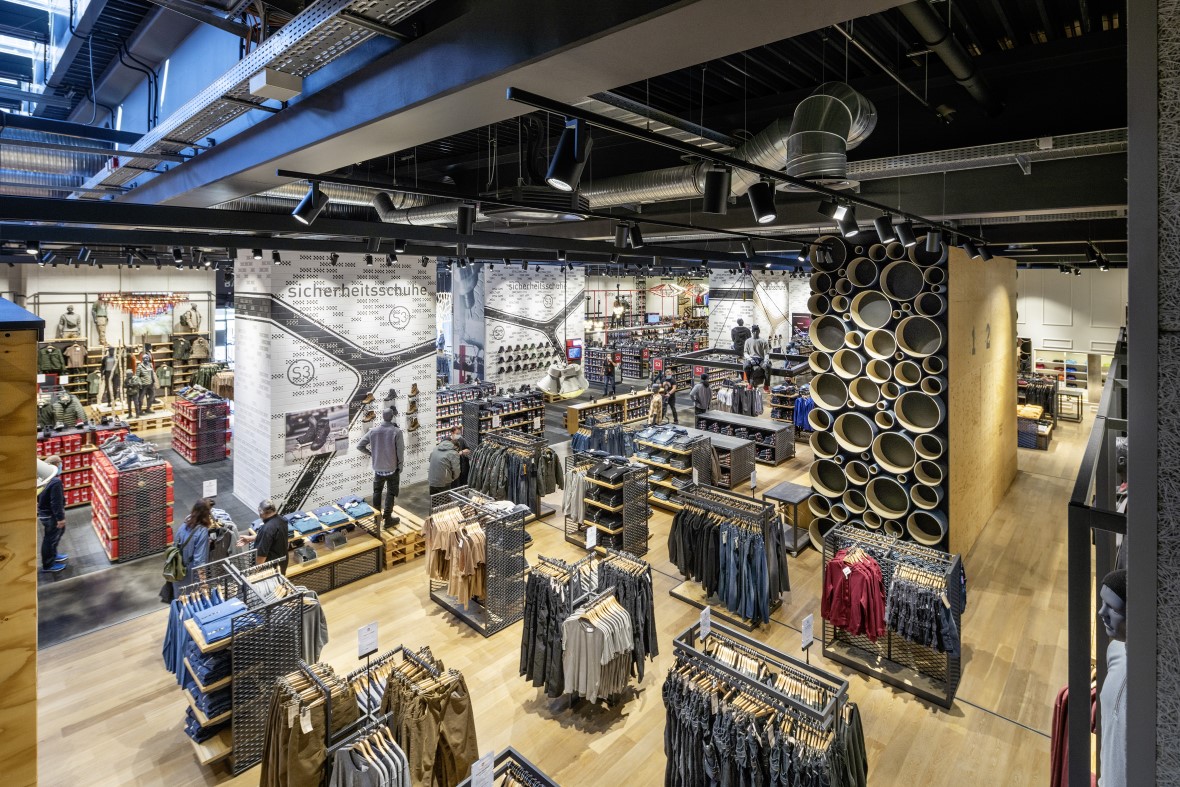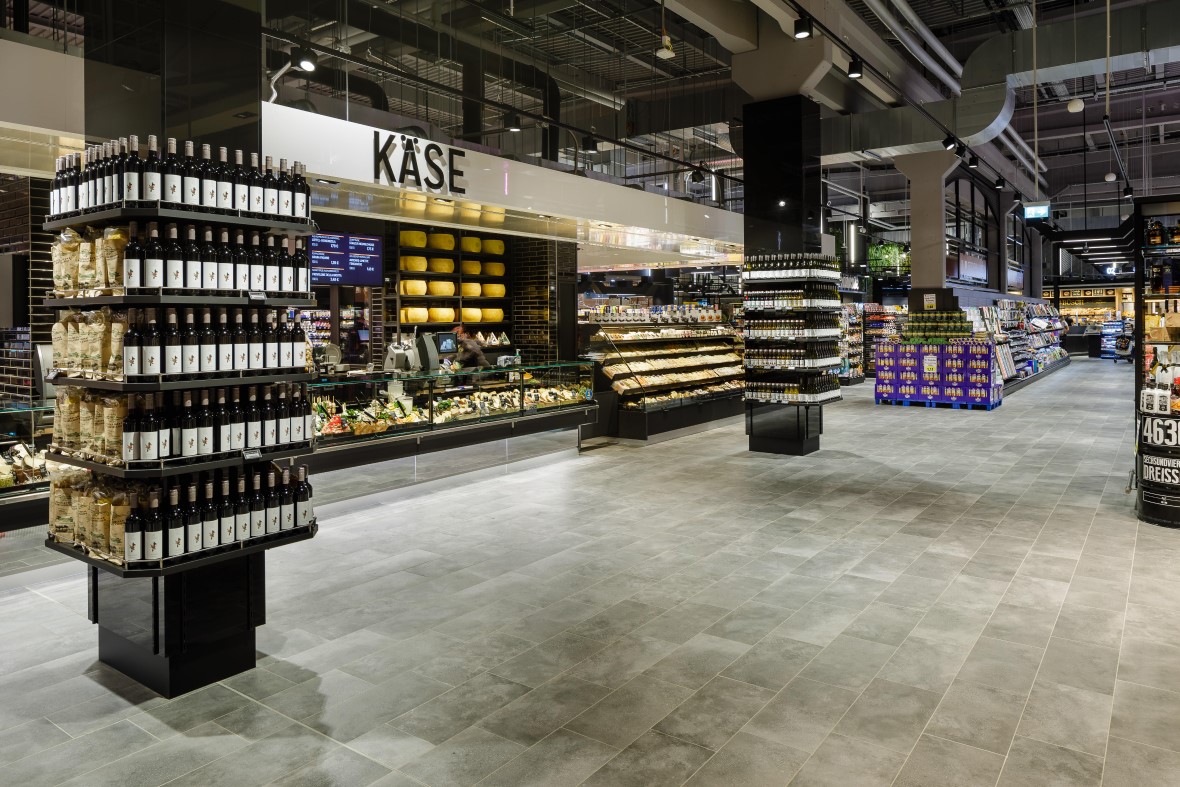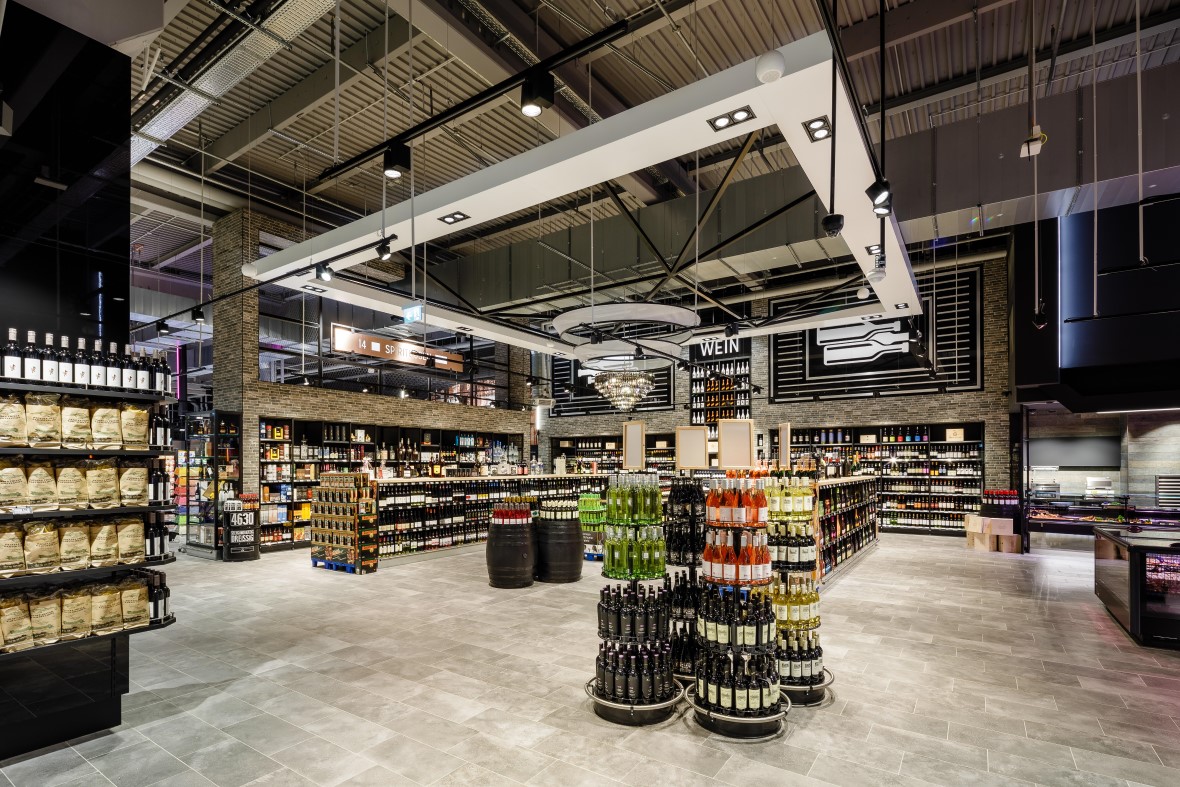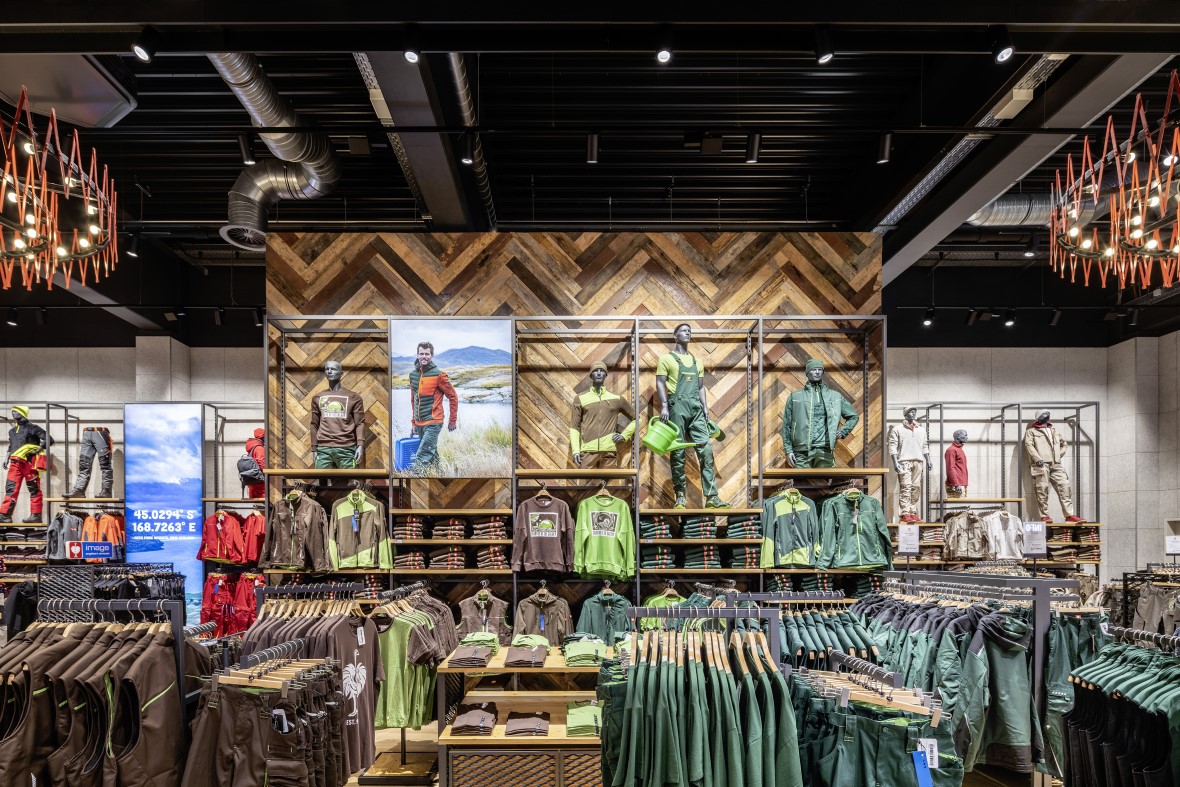A roundtable for retail trends
Discussing the future of retail & the importance of flagship stores
What is the future of retail? Which role play flagship stores in setting up and maintaining a profitable retail chain? What is the value of smart lighting & technology? And, how can retailers create sustainable customer proximity? International experts in retail discussed the future of retail stores in the exclusive virtual roundtable “The Elephant in the Leader’s Room - Retail Stores: Flagships or Red Flags?” which took place on May 6, 2021.
Customers are becoming more and more demanding and are very keen to inform themselves on forehand about their purchases than ever before. Therefore, the old retail formula, where the shop space serves as just a display area and an option to get informed by retail staff about the product, belongs to the past. As Xavier van Gaver (SINA Retail & Image) clearly states: “The boring store where you have just products on the shelve, I think they are dead”. Since years, the point of purchase has moved swiftly from offline to online stores. Nevertheless, physical stores remain important in maintaining a profitable retail formula and creating, as well as retaining, customer proximity.
Retail trend: from shop to retail-tainment space
Creating a relationship with customers and making them come back to the retail store is challenging and requires creativity. But as long as the number one focus is to entertain the customer and to add extra value to every shop visit, it is possible to obtain customer proximity and increase profitability. “Every time customers enter the store, they should be amazed by what is going on in and around the shop. So, it's a retail-tainment space where customers can have a real show, a real experience.”, says Xavier van Gaver (SINA Retail & Image). “It’s a journey, a marathon, a development of the brand. From simply a space where customers very efficiently pick their goods, or take a decision, to one of the most significant touchpoints, which is to inspire customers and creating fans. That’s the journey where retail is in”, Joachim Geiger (CSO & CMO TRILUX Group) adds.
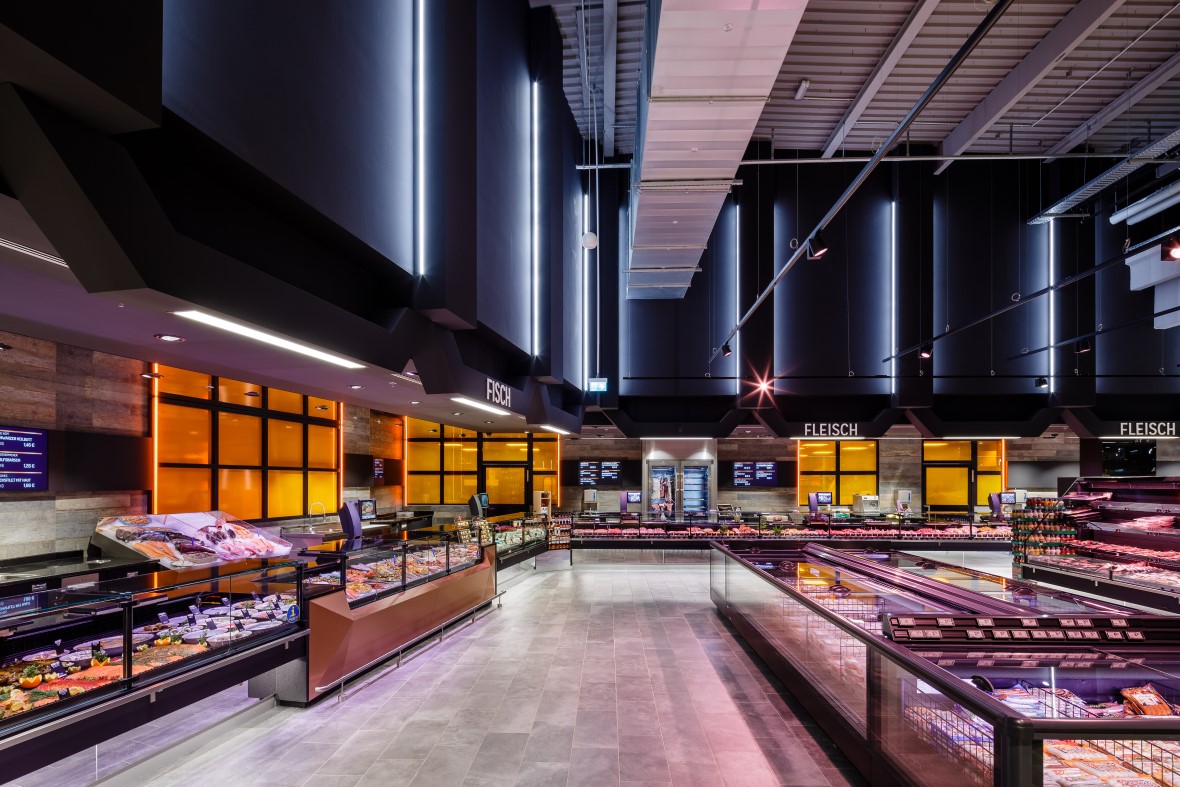
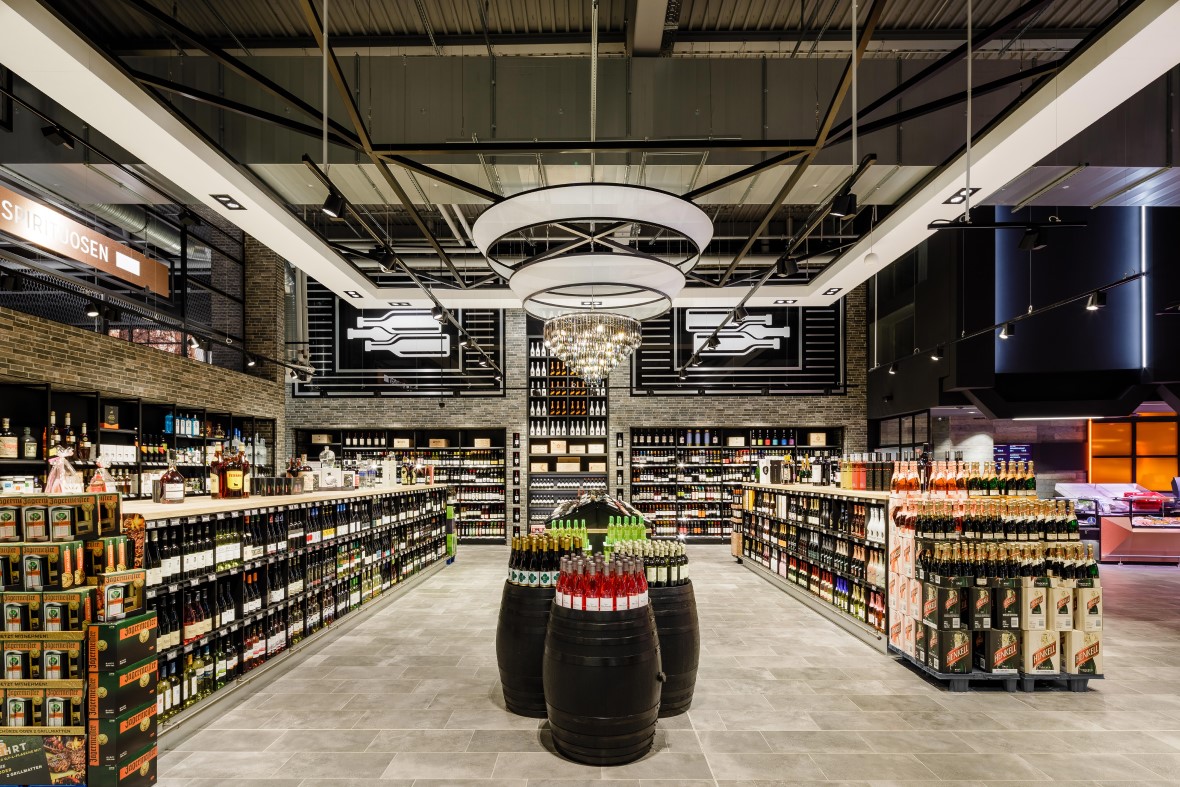
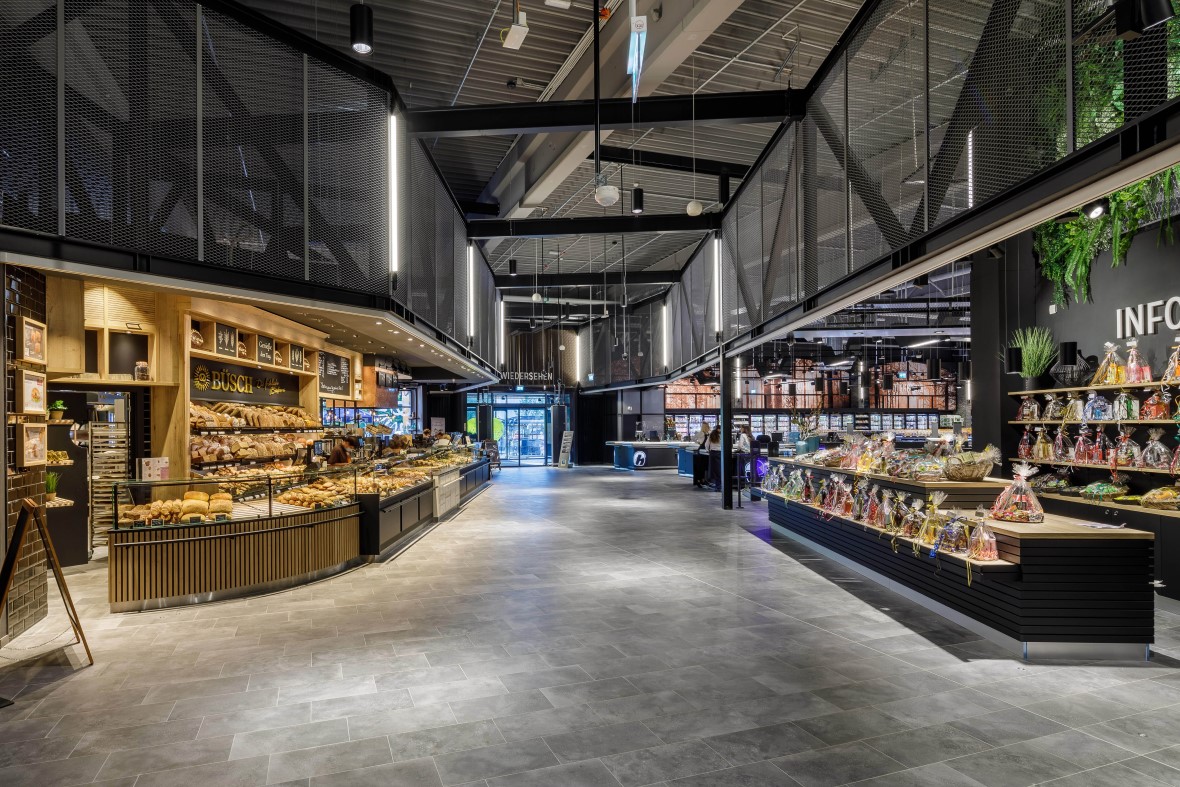
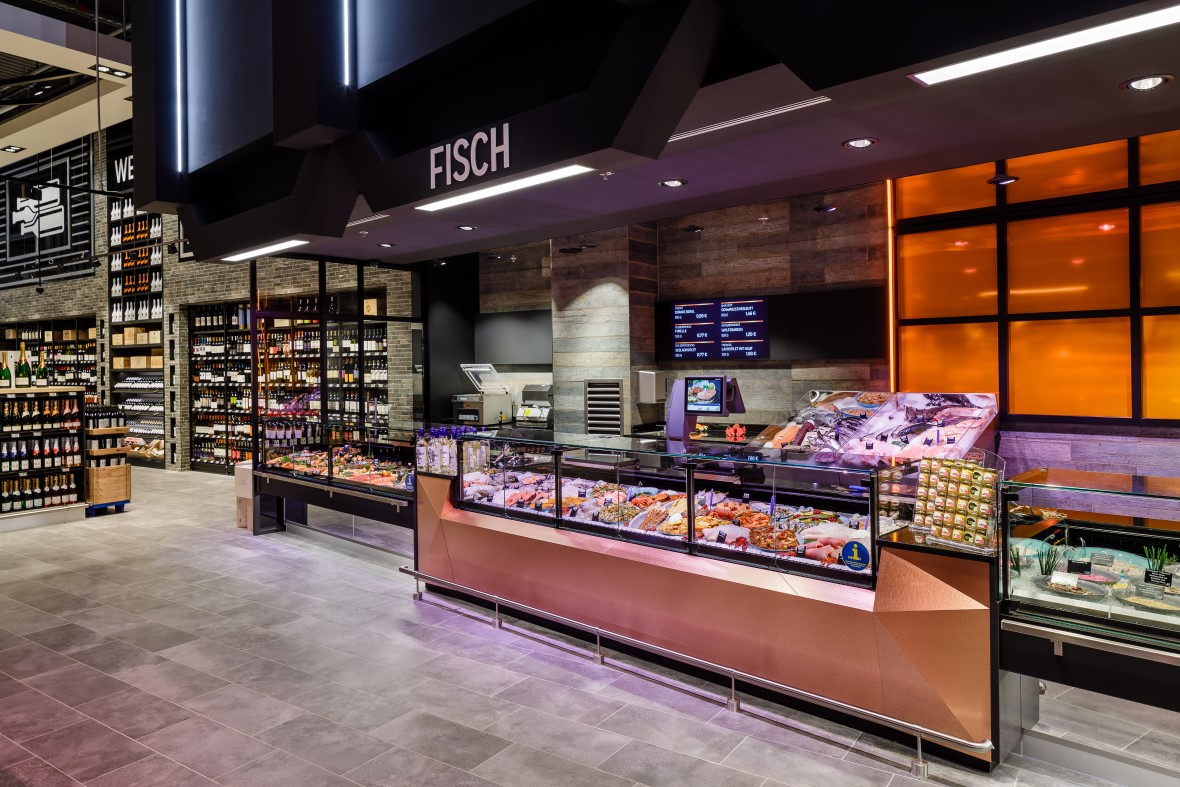
The future of retail and the role of smart lighting & technology
Smart and sustainable lighting is an indispensable tool in providing a pleasant shop visit. According to Guido Fox (Oktalite): “Through lighting and technology, we are able to create an atmosphere. And when we are talking about retail-tainment and experience, it is where you want to create areas where people stay longer. So, you want to make this a place where people go to just relax or hang out, because they like the cool environment.” Smart lighting solutions are indispensable tools in gathering important customer information and behavior. Location Based Services such as Asset Tracking, Proximity Marketing, Indoor Navigation or People Counting are smart solutions that can support in gathering important data. Next to that, Human Centric Lighting (HCL) can create a specific atmosphere that can contribute to a longer shop visit and can increase the well-being (and performance) of retail staff. Joachim Geiger (CSO & CMO TRILUX Group): “I think technology is able to support that exiting journey, which retail is currently in. Technology in general is a very powerful leverage, which can give direction and can guide customers to be a part of a peer group, belonging to a community, inspiring them and delivering beyond expectation.” Nevertheless, technology should be used thoughtfully. If too many features are being used, it will have a counterproductive effect. Experimenting with a combination of different tools is needed to find the right balance.
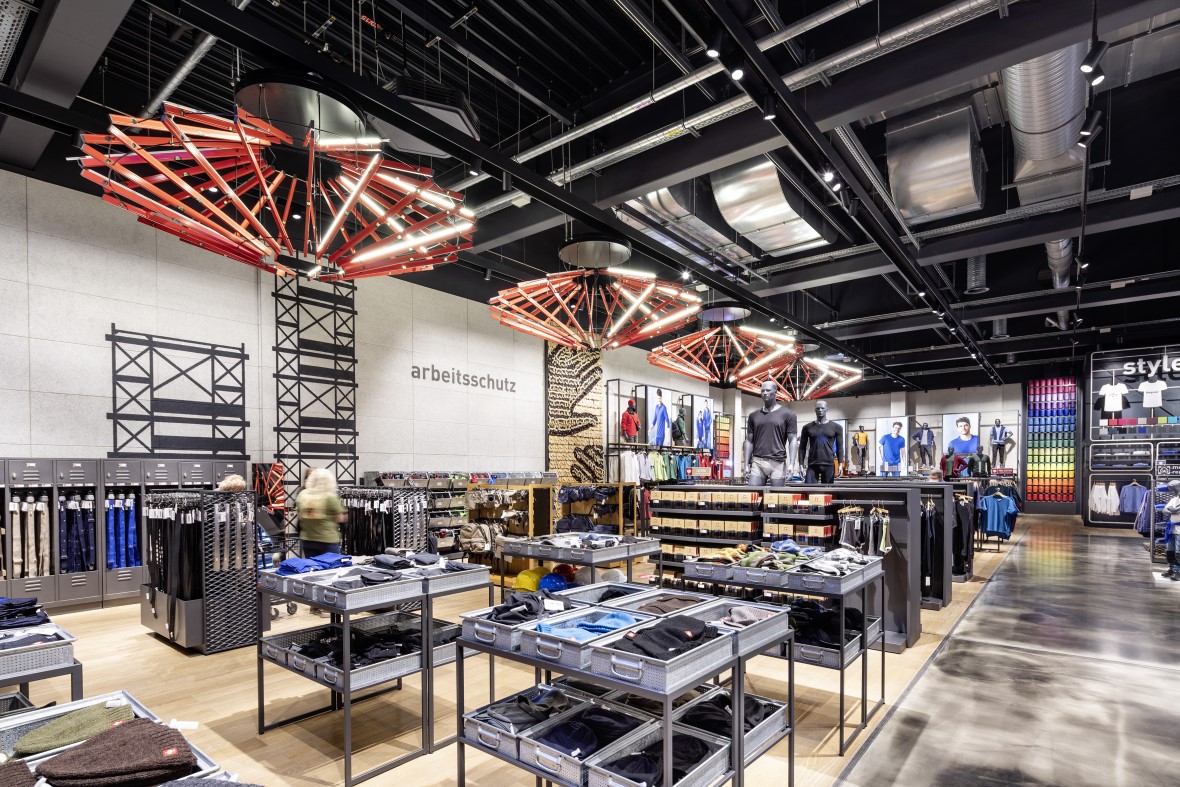
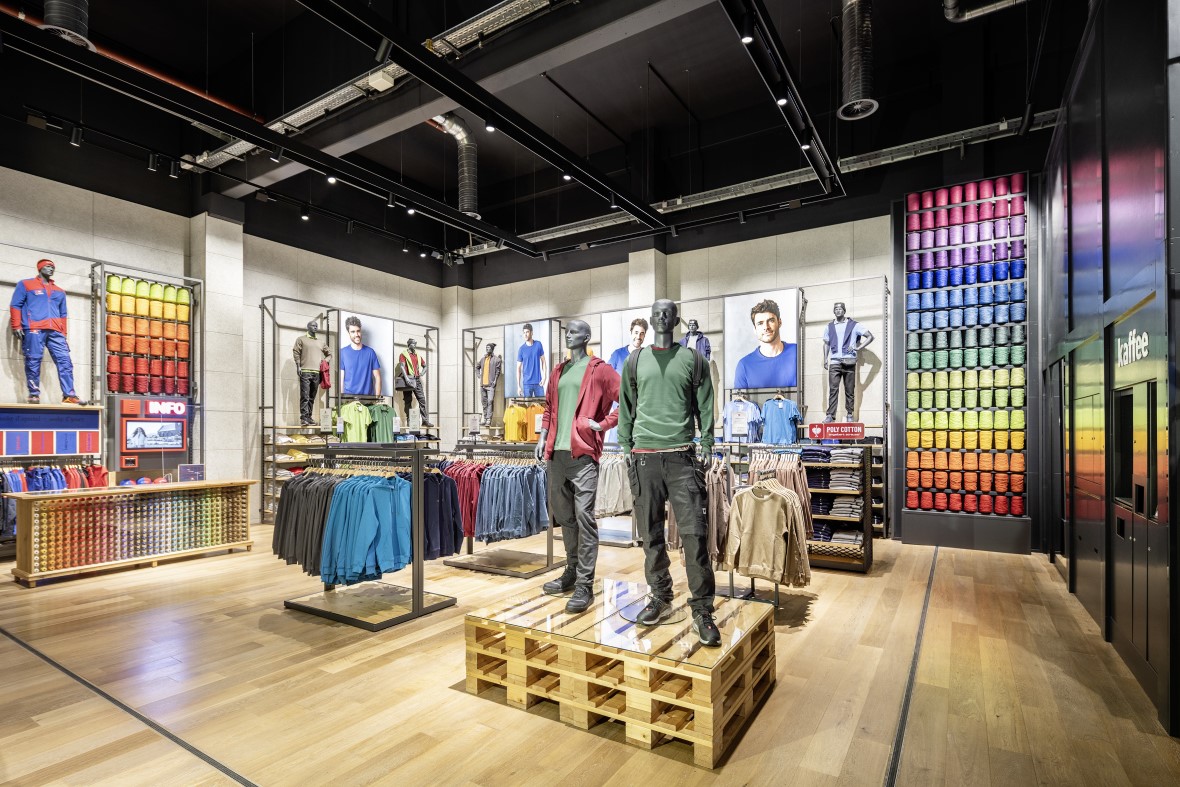
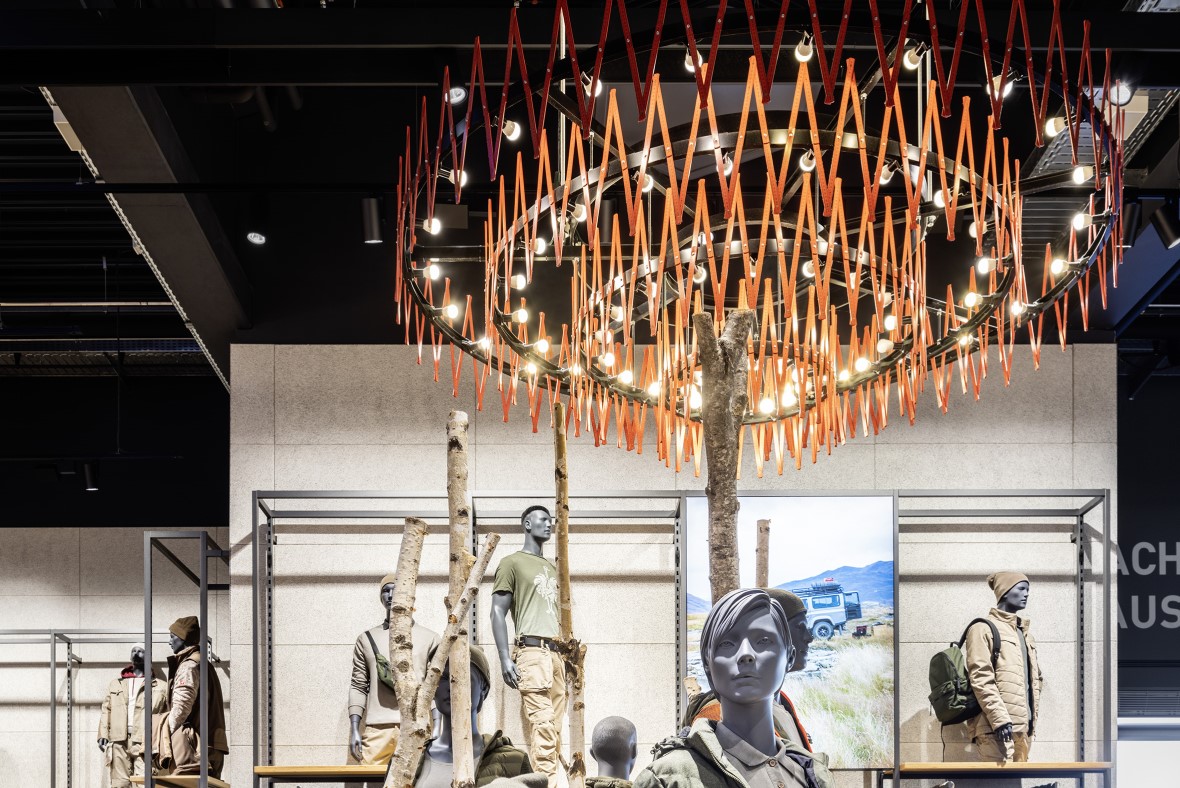
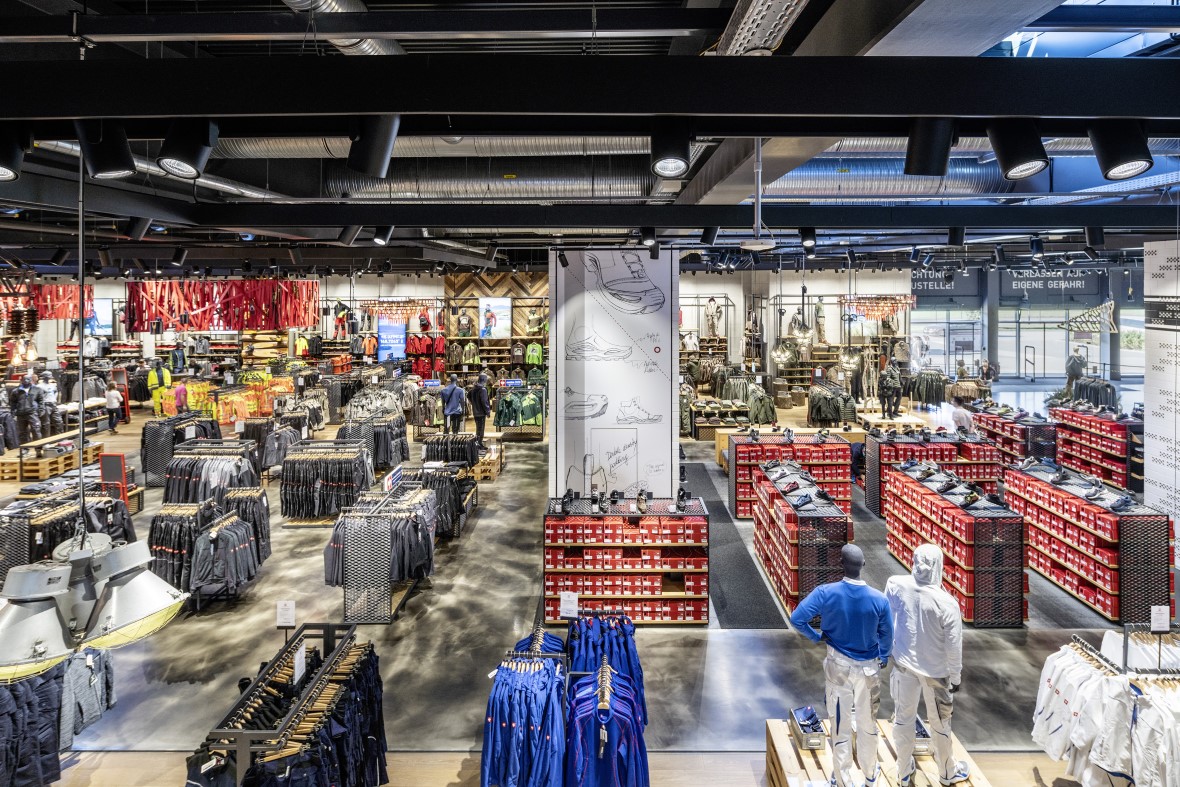
Flagship stores are the future of retail
Flagship stores are an ideal platform to present new products and services. Next to that, they form a perfect environment to test new formulas and to create a sustainable relationship with customers. Guido Fox (Oktalite): “Flagship stores are the perfect place to create ‘experience areas’. Lighting is a part of this, but also the use of sustainable products, special colors, 3-D walls, and areas where people can be entertained.” Tobias Conrad (Deutsche Telekom AG) acknowledges this: “It is so important to create an inviting and engaging experience for customers. Lighting can really make a difference. Through our flagship stores, we really try to engage with customers and to give them certain stages, where you can interact and find out more about products and offers. But also engaging via events and creating meeting places, where people just can come in and relax, talk about topics, which are relevant to customers.”
Flagship stores can transform the brand awareness and act as an extension of online stores. Tobias Conrad (Deutsche Telekom): “I think this is what people are expecting in the future. They want places which are inspiring. Besides the rationality of online – as you can do everything online – people still have the tendency and desire to have this physical engagement. But therefore, the place to go has to be inspiring.” Often, purchases are being done online, before or after visiting the store. The current trend shows that the interplay between online and offline (flagship) stores seems to be a successful formula.
Flagship stores can form a solid foundation for the realization and/or transformation of multiple stores within a retail chain.
The roll out of new products and services in existing and new shops, can be done much faster, more efficient and more successful thanks to the information and solid customer relationship that has been obtained in the flagship store.
The international team of experts of the Leaders Roundtable unanimously concludes that the future of retail can be secured by flagship stores, as long as technology is used consciously, if the brand listens carefully to the demands of customers and if the marketing strategies are planned not too far ahead. Xavier van Gaver (SINA Retail & Image) concludes: “A flexible marketing calendar, which is not planned further ahead than two or three years is a trend”. This enables brands to respond fast enough regarding market trends and ongoing shifts in customer behavior. Thus, flagship stores are the future of retail and are an indispensable factor in a sustainable brand awareness and customer proximity.
